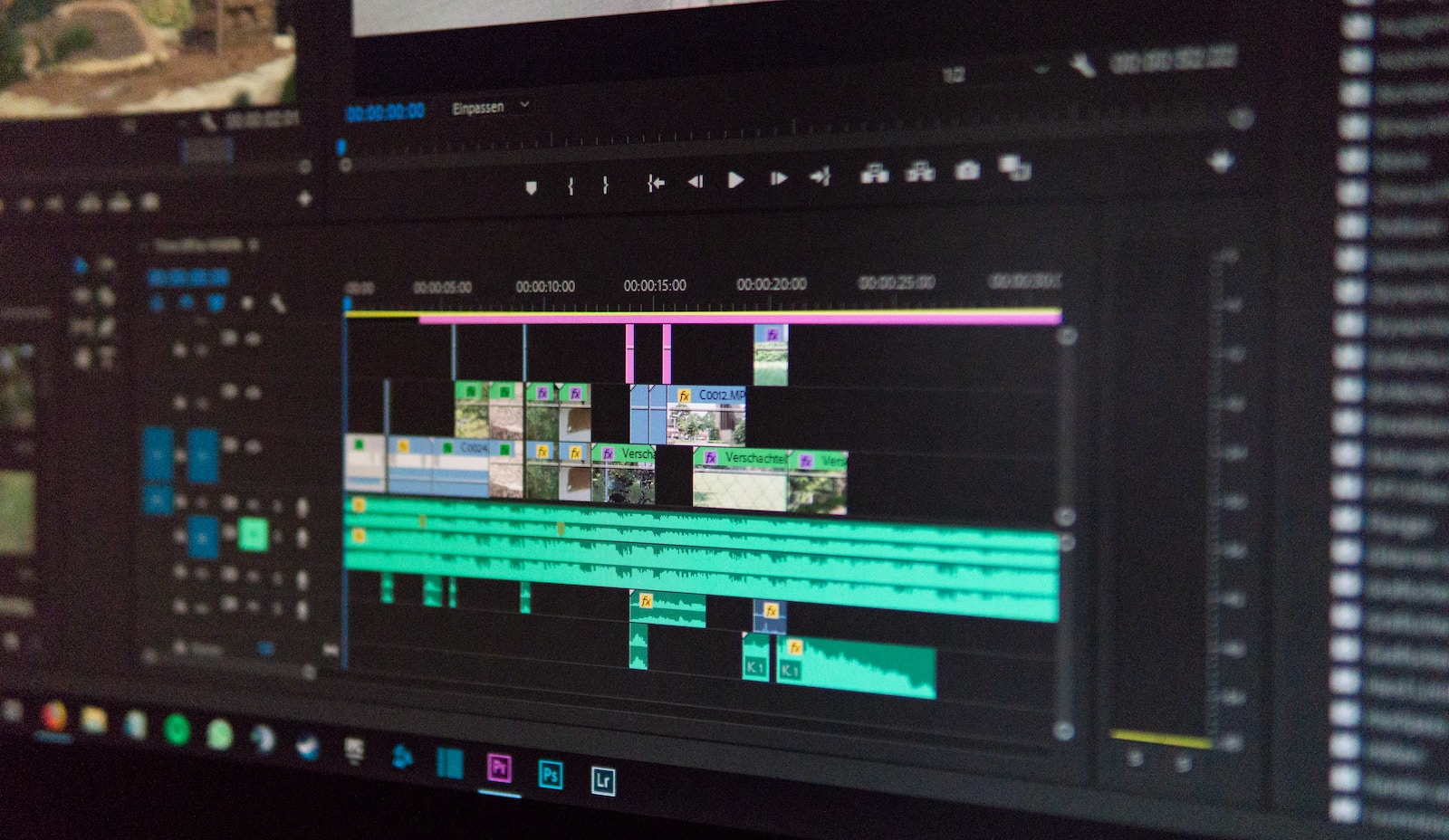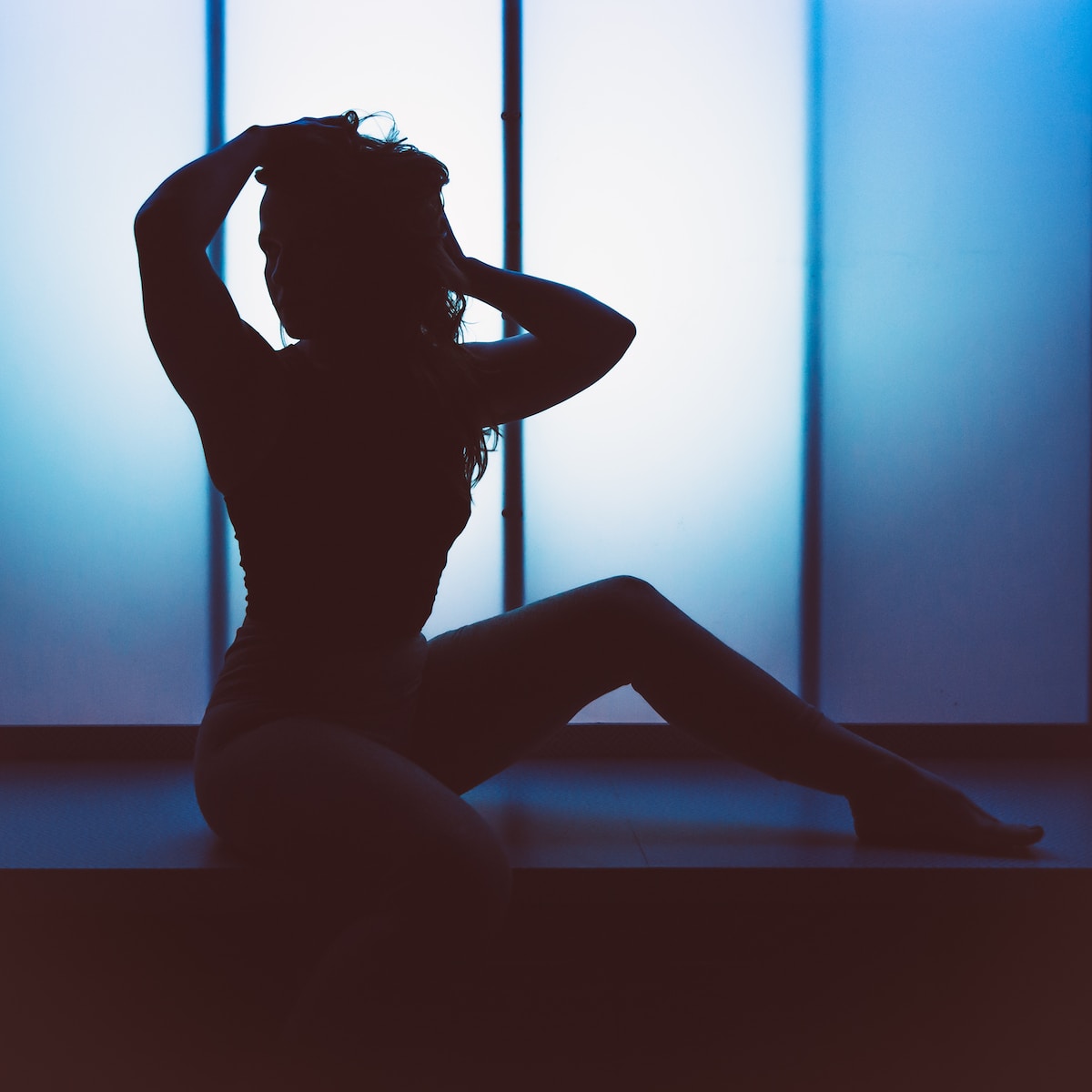Welcome to our blog on mastering the Rule of Thirds in photography! If you’re looking to take your photography skills to the next level and create visually captivating images, then this blog is for you. Dive into the concept of the Rule of Thirds, learn how to implement it creatively in your photography setup, and discover how it can enhance the visual interest of your photos. Whether you’re a beginner or an experienced photographer, this guide will provide you with valuable insights and practical tips to elevate your composition skills.
Table of Contents
- Understanding the Rule of Thirds
- Leading Lines: Guiding the Viewer’s Eye
- Unleash Your Creativity with the Rule of Thirds
- A Relatable Story: How the Rule of Thirds Transformed My Photography
- Frequently Asked Questions
- What is the Rule of Thirds in photography?
- How does the Rule of Thirds enhance the visual interest of photos?
- Can I still use the Rule of Thirds with a centered composition?
- How can I implement the Rule of Thirds effectively?
- Are there any exceptions to the Rule of Thirds?
- Does the Rule of Thirds apply to all types of photography?
- Wrap Up
Understanding the Rule of Thirds
The Rule of Thirds is a fundamental concept in photography composition that can transform your images from ordinary to extraordinary. Instead of placing your subject dead center, imagine your image divided into a grid of nine equal parts by two horizontal lines and two vertical lines, creating four intersecting points known as “power points”. By placing your subject along these lines or at the power points, you can create a more balanced and visually appealing composition.
Implementing the Rule of Thirds
Now that you understand the concept, it’s time to put it into practice. Don’t limit yourself to the traditional gridlines on your camera’s screen. Instead, envision the gridlines in your mind and use them as a guide to frame your shots. Experiment with different placements of your subject and elements within the frame to create a sense of movement, harmony, and depth. By incorporating the Rule of Thirds into your photography, you’ll be amazed at the impact it has on your images.
Enhancing Visual Interest with the Rule of Thirds
The Rule of Thirds goes beyond framing your subjects; it also helps you create a dynamic composition that captures the viewer’s attention. By positioning your subject or key elements off-center, you introduce visual tension and a natural flow in your images. This adds depth and complexity to your photos, making them more visually engaging. Whether you’re photographing landscapes, portraits, or still life, mastering the Rule of Thirds can greatly enhance the visual impact of your work.
Leading Lines: Guiding the Viewer’s Eye
One powerful composition technique that complements the Rule of Thirds is the use of leading lines. Leading lines are elements within your frame that guide the viewer’s eye towards the main subject or points of interest. They can be found in various forms, such as roads, fences, rivers, or even diagonally placed objects. By incorporating leading lines, you create a visual pathway that draws the viewer deeper into the image, resulting in a more immersive and captivating composition.
Visual Balance: Achieving Harmonious Compositions
To create visually pleasing compositions, it’s essential to achieve a sense of balance. The Rule of Thirds helps in distributing visual weight across the image, but you can further enhance balance by considering elements such as color, size, and shape. Pay attention to the placement of various objects within the frame and their relationships with each other. By creating a harmonious balance, you create a sense of equilibrium and visual satisfaction for the viewer.
Creating Negative Space: Emphasizing Your Subject
Embracing negative space is a composition technique that allows you to showcase your subject by surrounding it with empty or minimalistic areas. By leaving blank space around your subject, you give it room to breathe and make it more prominent in the frame. The Rule of Thirds guides you in placing your subject off-center within this negative space, adding emphasis and creating a strong focal point. Utilizing negative space effectively can lead to striking and impactful compositions.
Did you know that the Rule of Thirds dates back to the 18th century? It was first mentioned by artist John Thomas Smith in his book "Remarks on Rural Scenery" published in 1797.
Breaking the Rule of Thirds: When to Experiment
While the Rule of Thirds is a powerful guideline, don’t be afraid to break it intentionally for creative purposes. Rules are made to be broken; however, understanding them allows you to break them effectively. Experimenting with different compositions can result in unique and visually stimulating images. By knowing the Rule of Thirds, you can consciously deviate from it to create intentional visual tension or challenge the viewer’s perception. Remember, rules are guidelines, and creativity thrives on breaking barriers.
Practice and Master the Rule of Thirds
Learning and mastering the Rule of Thirds takes practice and experimentation. Start by consciously incorporating it into your compositions, both in-camera and during post-processing. Over time, it will become second nature, and you’ll develop an intuitive understanding of how to use it effectively. Continuously challenge yourself to push the boundaries, explore new techniques, and refine your composition skills. As you gain confidence and expertise, the Rule of Thirds will become a valuable tool in your photographic arsenal.
Unleash Your Creativity with the Rule of Thirds
The Rule of Thirds is a versatile technique that can be applied to various genres of photography, from landscapes and portraits to macro and street photography. It serves as a foundation for creating balanced, captivating compositions that grab the viewer’s attention. By understanding and implementing the Rule of Thirds, you’ll be able to unleash your creativity and elevate your photography to new heights. So grab your camera, explore different perspectives, and experiment with the Rule of Thirds to take your photography to the next level!
A Relatable Story: How the Rule of Thirds Transformed My Photography
As an aspiring photographer, I always aimed to capture moments that resonated with others. However, my early attempts often fell short of creating visually appealing images. It wasn’t until I discovered the power of the “Rule of Thirds” that my photography took a significant turn for the better.
Like many newcomers, I initially had a hard time understanding the concept of the Rule of Thirds. I questioned how dividing the frame into a grid could have such a profound impact on the composition of my images. But once I started experimenting with this technique, everything changed.
The “Aha” Moment
One sunny afternoon, while photographing a breathtaking landscape, I stumbled upon a scene that would forever change my perspective. The Rule of Thirds taught me to place key elements off-center and along the lines of the grid, leading to a more visually balanced and captivating image.
In this particular case, I positioned the horizon along the lower third line, allowing the vast expanse of the sky to fill the upper two-thirds of the frame. This simple adjustment instantly transformed the composition, evoking a sense of serenity and space.
Enhancing Visual Interest
The Rule of Thirds goes beyond just aligning elements along the gridlines. It also helps to establish a sense of visual balance and guides the viewer’s eye to the most important parts of the image.
One memorable experience was photographing a flower in a garden. Placing the flower’s center directly in the middle felt static and lacked visual interest. However, by positioning the blossom along one of the intersecting points of the grid, I was able to create a more dynamic composition. The off-center placement added movement to the image, drawing the viewer’s attention directly to the subject.
Creativity Unleashed
What I love most about the Rule of Thirds is how it encourages creativity. Once you understand the basic principles, you can experiment and bend the rules to suit your unique style.
During a street photography session, I spotted a musician playing his guitar on a busy sidewalk. Instead of capturing the scene from a traditional viewpoint, I decided to tilt my camera slightly and position the musician’s face along the upper third line. This unconventional approach added a touch of intrigue, making the image stand out from the crowd.
Mastering the Rule of Thirds has undoubtedly changed the way I approach and capture photographs. It has become an essential tool in my creative arsenal, allowing me to capture moments that are visually captivating and emotionally engaging. If you’re looking to enhance the visual interest of your photos, I highly recommend exploring the power of the Rule of Thirds.

Frequently Asked Questions
What is the Rule of Thirds in photography?
The Rule of Thirds is a compositional guideline that involves dividing an image into nine equal parts by two equally spaced horizontal lines and two equally spaced vertical lines. The key elements in the photo are then placed along these lines or at their intersections, creating a more visually appealing and balanced composition.
How does the Rule of Thirds enhance the visual interest of photos?
By following the Rule of Thirds, the key objects or subjects in your photos are positioned off-center, creating a stronger focal point and adding visual tension. This allows the viewer’s eye to move around the image naturally and engage with the different elements, resulting in a more dynamic and visually interesting photograph.
Can I still use the Rule of Thirds with a centered composition?
While the Rule of Thirds encourages off-center placement of subjects, it doesn’t mean centered compositions are entirely off-limits. You can still incorporate the rule by aligning key elements along the intersecting points of the grid lines. This way, you maintain the visual balance and make the centrally placed subject more engaging.
How can I implement the Rule of Thirds effectively?
To start using the Rule of Thirds in your photography, activate the grid overlay function on your camera or smartphone. This tool will provide you with a guideline while composing your shots. Position the primary points of interest along the lines or at the intersections to create a balanced and visually appealing composition. It is important to experiment and trust your instincts as well.
Are there any exceptions to the Rule of Thirds?
While the Rule of Thirds is a valuable guideline, it is not a hard and fast rule. Depending on the situation and your artistic vision, you may choose to break the rule intentionally. It’s essential to understand the principles behind it so that you can make informed decisions when deviating from it. Remember that creativity and experimentation are essential in photography.
Does the Rule of Thirds apply to all types of photography?
Yes, the Rule of Thirds can be applied to various types of photography, including landscapes, portraits, still life, and even architecture. It is a versatile guideline that helps create balanced and visually appealing compositions in any genre of photography.
Wrap Up
In conclusion, mastering the rule of thirds is a crucial skill for any photographer looking to enhance the visual appeal of their photos. By following this composition technique, you can create balanced and captivating images that draw in viewers.
Remember to keep the rule of thirds in mind when framing your shots and use the gridlines on your camera’s viewfinder or screen to guide your positioning. Experiment with different subjects and angles to find unique ways to implement this technique creatively.
Now it’s your turn! Have you tried using the rule of thirds in your photography? What challenges did you face, and how did it enhance your images? Share your experiences in the comments below and let’s continue the conversation!



